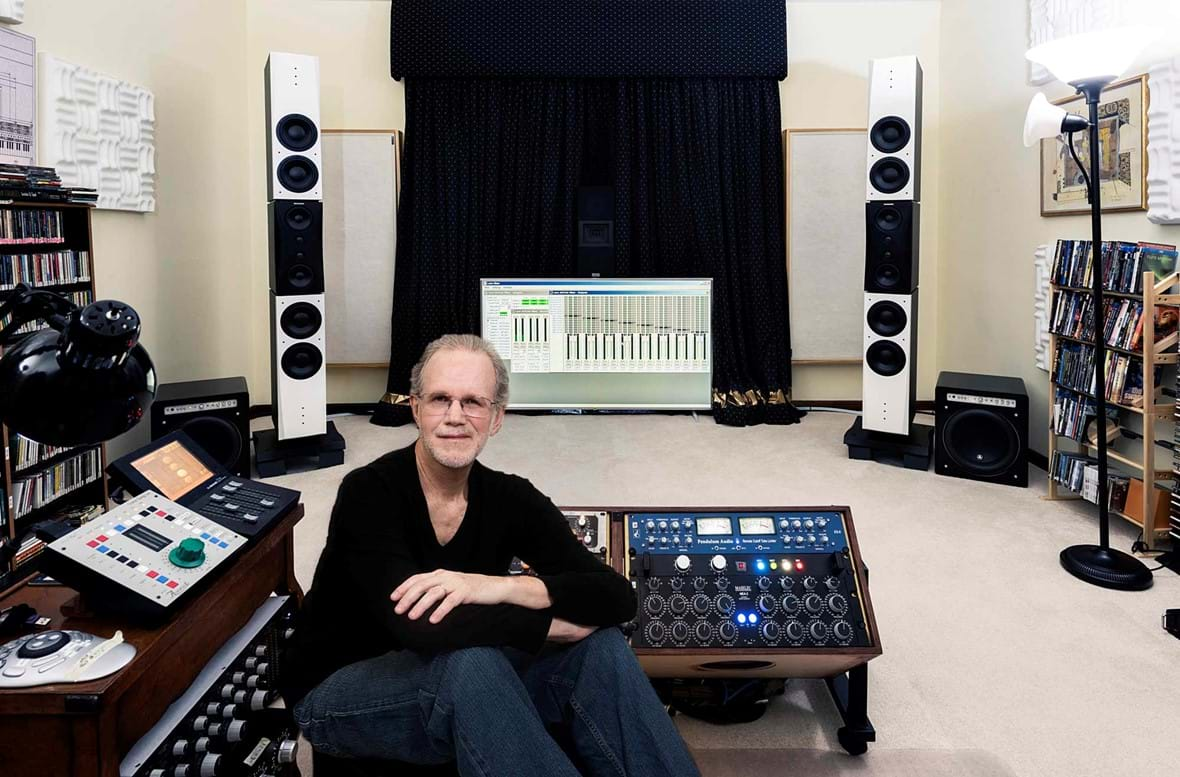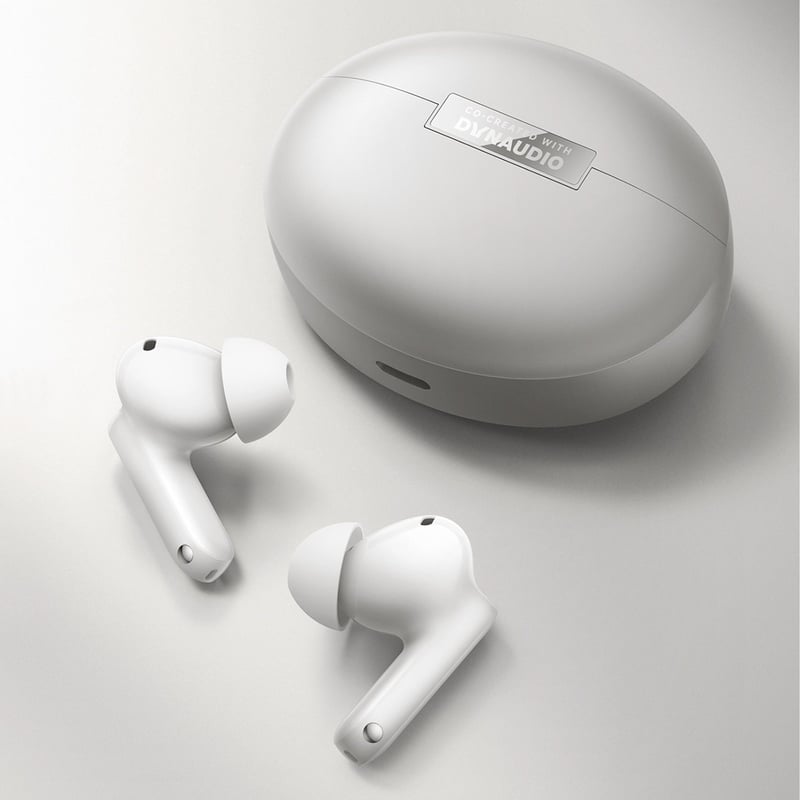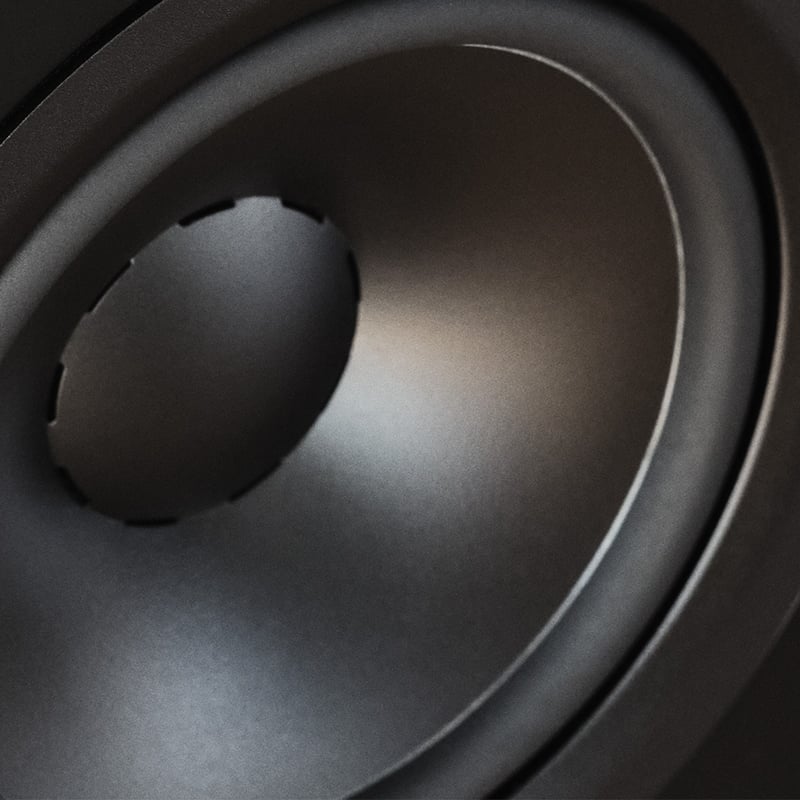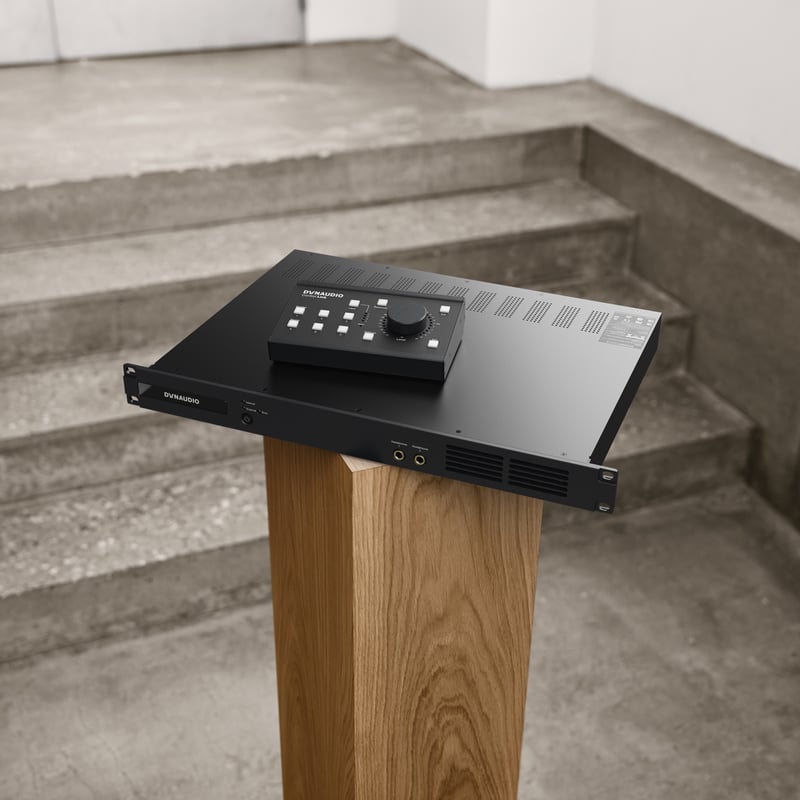By the end of last year, Bob documented the original install of the M5P Evidence speakers and we summed it all up. You can find the article here - just in case you missed it back then.
Well, now we caught up with Bob after he has had the chance to use them for a while in his own listening environment. Obviously, we were curious to learn more about how they work out for him, but we also learned quite a bit about life as a mastering engineer, specific mastering techniques and got some great tips for aspiring engineers in the world of professional audio.
But first, let’s sum up on Bob’s background, being one of the most respected mastering engineers out there. “I've been a professional recording and mixing engineer since 1971,” says Bob. “I began to master my own direct-to-2-track recordings during that period. And in 1990 I founded Digital Domain, my mastering house.”
As a mastering engineer, Bob has three Grammy Award-winning albums released by Ben Kingsley, Paquito D'Rivera and Olga Tañon under his belt, but other artists that come to mind on Bob’s long list of high-profile clients also include names such as McCoy Tyner, Lindsey Webster, Livingston Taylor, Ruben Blades, Bombay Dub Orchestra, Marley's Ghost, Ian Gillan, Clark Terry, Gram Parsons, Mongo Santamaria, Bella Hardy, etc.
Further, he has built up a reputation as one of the leading authorities within this particular field, having authored two books on the subject – the most widely know title being ‘Mastering Audio: The Art and the Science’.
Today, Bob manages to take in about 16 mastering project every month and estimates that he can do an album in about a day, working on single tracks for about an hour on average. But let’s dive into some of the more technical details and approaches he takes when mastering.
As for the new Dynaudio M5P mastering speakers in my Studio A… Every day I'm thrilled, more and more.
Bob Katz,
Mastering the Art of Mastering
Some of the key aspects of mastering are dynamics processing and equalisation, but sometimes processes such as de-essing, expansion, M-S processing, low frequency subharmonic generation, tape emulation and others may also be involved. So, the first thing we wanted to pick from Bob’s brain was if he has a certain approach to always start by applying for example compression or equalization – and in which order.
“Well, there is no typical way. I listen to the music and try to determine what the producer and artists are trying to accomplish. And if possible I help polish the recording to enhance the producer and artists' intent. I emphasize the good parts and minimize, mask or even eliminate the bad parts.
I help the dynamic range if possible, to sound more impacting, for example, if it's supposed to be impacting music. Another ‘dynamics point’ is that I help all the songs in an album to work together and flow, respecting the range from ballads to rockers or the dynamic signatures in a classical work.
Sometimes, I may also give the producer advice if I think there is something that they could accomplish better, perhaps on the mixing side. Mastering can be accomplished through digital processing, analog processing, a combination of the both, or no processing at all, simply leveling to help the levels of one song to another. Every mastering project is unique and requires a unique approach.”
As Bob mentions, some things may be best ‘fixed’ on the mixing side, so what would be the ideal mix to receive when you are a mastering engineer? “It’s simple. A great mix is one that sounds so good it doesn't need any explicit mastering processing.”
Identify what the intent of the music is: For example, is this for dancing in a club, casual listening, or serious home listening, etc. Understanding the intent of the artist is simply crucial.
Bob Katz,

Opening the Mastering Tool Box
Bob already shared that he uses both analog and digital processing, depending on what a specific project calls for according to his ears. But what is actually living in Bob’s processor rack these days?
“I have a full rack of delightful analog gear – both solid state and tube-based. Many different ‘colors’, from aggressive to warm and sweet, from small to big, whatever is appropriate for the project. I have several pieces of sophisticated outboard digital processors, including the best reverbs in the world. Reverb is not something that we typically use in mastering, but it's available if I'm doing some specialized mastering: mixing revisions, or if, for example, the producer did not have as good a vocal reverb as I can provide, and so on.

One of my analog processors is quite unique, the Maselec MLA-4, a 3-band combination compressor and expander. It's got a warm but transparent character, and it can be used for de-essing, to soften harsh cymbals, to punch the bass or any range. It's very versatile. Another processor is the API-2500, a compressor whose character is very suitable to punch the aggressiveness or impact of rock and pop recordings. Also in the analog department, the Pendulum ES-8 tube limiter is a very fat, tubey processor. Further, I built an analog blender that allows me to mix the Pendulum with the dry signal in unique and repeatable ways.

In the digital domain, I have the TC Electronic System 6000, which is a multi-function, 8-channel, 4-engine processor. Some of its tools include a powerful 5 band parallel compressor, one of the world's best reverbs and much more. On top of that, I also have a full assortment of extremely powerful digital plugins as well as the object-based features in the Sequoia DAW.”
The soundstage and stereo image is enormous; it's the first thing that any visitors remark about – how BIG the sound is.
Bob Katz,
Parallel Universes
Since Bob specifically mentioned a custom-built analog blender, we instantly became curious to learn more about how he works with blending compressed signals with non-processed signals – a technique also often referred to as parallel compression.
“First of all, using the blender, in 1 dB steps, I can go for more transparency with the dry and less of the tube/transformer sound of the Pendulum ES-8. So, in a way I use the blender as a color and transparency control. Even if the ES-8 is not compressing at all, I have a complete color and transparency control. Secondly, if I think the compression is making things sound a little too soft, I can take the ‘wet’ dial of the blender down 1 db and the dry up 1 dB, etc. etc., until I am happy.

Parallel compression can also be set to bring up soft passages without causing any of the squashing quality of a compressor. It effectively sounds clean at loud levels and brings up low passages. The key is to use a fair amount of compression or even a lot, but mix it in at very low level with the dry signal. I use this during a mixing session as a means of regulating a vocalist, for example, to hear details or his or her lyrics when they're singing softly – in conjunction with fader riding, of course. But this type of parallel compression can be so well done and so invisible that it's often as transparent as gain riding.
Sometimes, I use a lot of compression, and mix in a little of the dry to soften it. So, yes, I use parallel compression in mastering a lot, especially when I'm trying to be invisible. I am not fond of the pumping or squishing or clamping effect of a downward compressor when it is overused. In order to avoid any clamping effect I might combine some standard downward compression in series with parallel compression.
Overall, downward – or standard – compression and parallel compression serve different purposes depending on the needs of the music. Standard, downward compression brings down the loud passages and emphasizes the middle levels. Upward, parallel compression can be set to leave the loud passages largely alone and bring up the low ones. And it's possible to control the action in between the two extremes as well, a little bit of both, depending on how you blend it.”
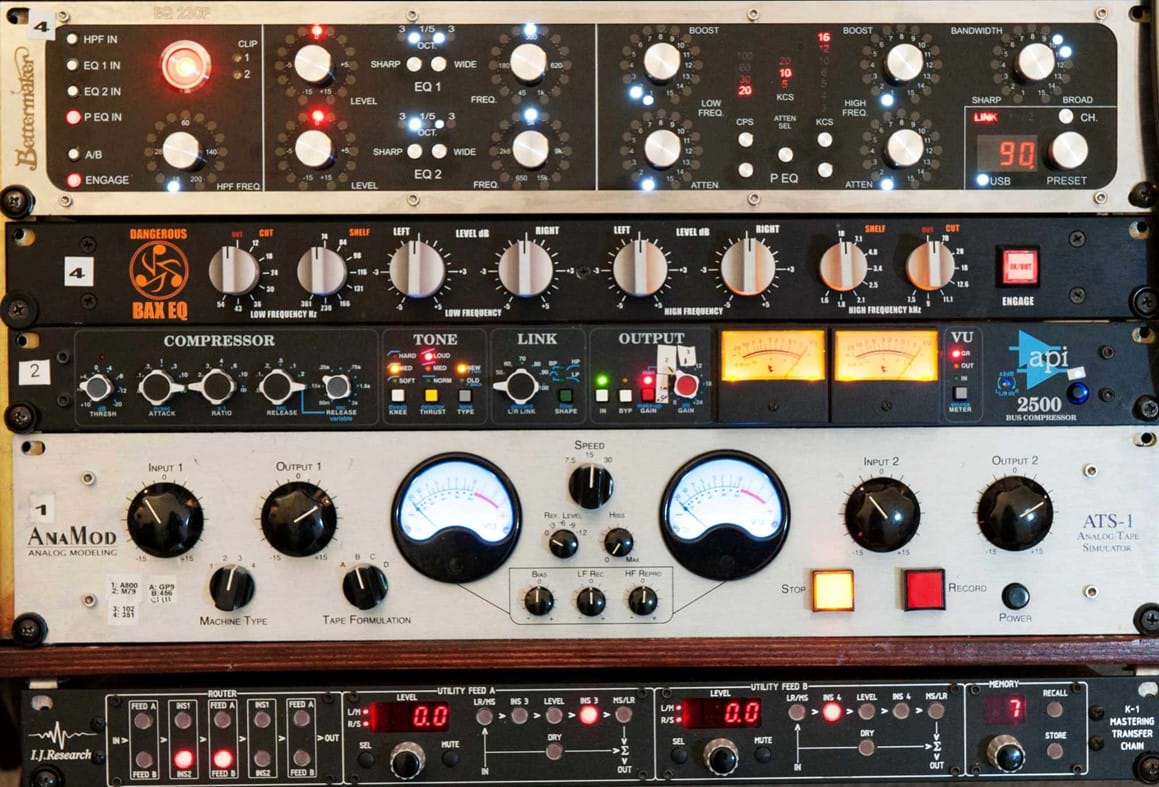
I'm doing better work, faster and can zero in on a decision literally in seconds.
Bob Katz,
Monitoring for Mastering
Unsurprisingly, monitoring is another absolutely crucial factor in Bob’s mastering universe. And as mentioned in the beginning of this article, he made a big change in that department last year – one that turned out to be a significant upgrade.
“First of all, monitoring and the monitor room are the most important things to the mastering engineer, besides his ears. Because of course if you don't know what the music should sound like, you won't know what to do with accurate monitors even if you have them. As for the new Dynaudio M5P mastering speakers I installed recently in my Studio A… Every day I'm thrilled, more and more. Especially after the speakers have broken in, after a couple of months they have warmed up a bit and sound even lovelier than they did on the initial install.
The soundstage and stereo image is enormous; it's the first thing that any visitors remark about – how BIG the sound is. After that, of course, the precision of image, the accuracy of the tonality and the depth of the soundstage. It's such a pleasure to listen to. And I'm doing better work, faster and can zero in on a decision literally in seconds. My previous system was top notch mastering quality and no slouch, so I'm still blown away by the degree of improvement and impression that the M5Ps have achieved, for my monitoring room and my work. I will listen for pleasure for hours and hours, with no fatigue and no frequency anomalies.”
I'm still blown away by the degree of improvement and impression that the M5Ps have achieved, for my monitoring room and my work. I will listen for pleasure for hours and hours, with no fatigue and no frequency anomalies.
Bob Katz,
Delivering better results for his clients and saving valuable production time through faster workflows are obviously huge benefits both in terms of personal ambitions and from a business perspective, so we asked Bob to elaborate just a little bit on that part. What is the one word that sums up his impression of working with the M5P Evidence mastering speakers and what does it mean for his customers?
“It's no question that I'm making better and more consistent masters that translate everywhere. The M5P monitors are very precise, accurate and most important – ‘musical’. That’s the sum-it-all-up word. I'd say I hit the mark now about 19 times out of 20, meaning that 19 out of 20 clients are happy with the master and have no request for revisions whatsoever.”
Another central factor in mastering – and most other pro audio applications – is monitor calibration. If you listen at different levels, you perceive the audio differently. It’s a proven fact. So calibrating your monitor system is key. We asked Bob what his calibration preference is and what his thoughts on the topic of working at soft, medium or high levels are.
No question, I'm making better and more consistent masters that translate everywhere. The M5P monitors are very precise, accurate and most important – musical.
Bob Katz,
“I'm the originator of the ‘K-System’ of monitoring. It requires a monitor controller calibrated in 1 dB steps. The ‘0’ on that controller corresponds with 83 dB SPL, per channel, with -20 dBFS RMS pink noise. For most pop and rock music, an attenuation of about -9 through -11 on that monitor control yields a good, dynamic, open recording that is reasonably ‘competitive’ in level and not over-compressed.
I monitor typically with averages (mezzo forte) around 77 dB, fortes around 80 dB and fortissimos around 83-84 dB. Occasionally I'll listen softly or loudly to see how the recording will translate. But by sticking with a monitor level around 80 dB for fortes, I know how much bass is acceptable in a given genre and I'm used to it so I can nail the result. Especially since if I turn it down or up, my ears will respond differently to the bass.
However, I do sometimes turn the monitors down softly to check a transition in some delicate section to ensure that soft things are audible. Or I turn it way up for a little while just for the entertainment or ‘wow’ factor. Again, these speakers are impressive at any loudness, but can be turned up to very impressive levels without distortion.”
Going to War
The so-called Loudness War has been heavily debated in pro audio, and unsurprisingly the final mastering process is a central battleground. In short, at some point in the 1990’s when multiband compression and powerful peak limiters became available to mastering engineers, the trend moved towards even louder masters, so producers demanded to use excessive amounts of compression and limiting to get super loud tracks and albums. This, however, came at a high price in terms of audio quality and Bob was – and still is – one of the generals fighting against this development.
“The sound of a live music performance is my reference, and it's the most entertaining and enjoyable experience. As long as recordings suffer needlessly by losing the impact and dynamic of a live performance, I'll continue to fight against the loudness war. Of course a good recording must translate and be playable in a lot of different noisy venues, but since about 1995, many masters have been needlessly over-processed, over-compressed and smashed to a degree where they go far beyond what is necessary to play in the car or on an iPhone while jogging.
And the older recordings, which play just as well on these venues, sound so much better. We've got to get back to that time, and slowly the loudness war is going away thanks to newly-normalized streaming media. I am the co-chairman of the AES streaming loudness subcommittee, which is working to educate streaming companies. It won't be long – probably no more than a couple of years from today – when all consumers, musicians, engineers and producers will benefit from these new standards.”
But what happens if Bob receives a specific request from a mastering client to really squash his mix and just make it loud? “Oh yes, it does happen occasionally... But far less than even in the year 2010, so things are definitely getting better. The client, however, is always right. If it can be done, I do what the client asks for, though I will explain to them that their recordings may not sound as good on normalized media. And I always try to make sure they are educated about the issues and compromises. No one wants their recording to go out of date, but it won't be long before all the media reveal that hyper-compressed music sounds very fatiguing, flat, small and uninteresting compared to well-produced recordings.”
The precision of image, the accuracy of the tonality and the depth of the soundstage. It's such a pleasure to listen to.
Bob Katz,
Time to Listen – and Learn
Bob’s spectrum of mastering projects is enormous. It moves all the way from pure audiophile recordings where he takes the purist approach: Less is more. In many cases nothing but some leveling to make the songs work together within an album. And then across a wide variety of musical genres that require various degrees of processing. So we asked Bob what his own musical preference is and if he would like to share any advice for aspiring mastering engineers that are currently considering going into this field.
“I work in many styles of music, but I thrive with natural acoustic styles such as Folk, Americana, Bluegrass, but also Jazz, Smooth Jazz, Progressive Jazz, Rock and Progressive Rock. If the performance is good, it goes a long way towards my enjoyment of the project. A beautiful performance can even change my mind about a genre or style that I was previously not that fond of. And I try to widen my tastes to all the new styles. That's what keeps me young!
That also leads me to one advice that I’d like to give. Go out and listen to live concerts, preferably acoustic concerts, and become familiar with the sound of real instruments in a real good acoustic environment. Then branch out from there and listen to as many different live performance musical styles as possible. Listen to unamplified vocalists and compare the sound of that vocalist with what is reproduced from your monitor loudspeakers. Learn to identify colorations and how to decide if those colorations are desirable or undesirable. Sometimes a resonance can be a good or entertaining thing, other times the same resonance can be bad. For example, some genres thrive with strong, ‘unnatural’ bass sound. That's why your monitors need to be accurate and extended, because if you are pushing the bass to the maximum possible, you want to know how if and when you're going too far.
But perhaps most importantly of all, identify what the intent of the music is: For example, is this for dancing in a club, casual listening, or serious home listening, etc. Understanding the intent of the artist – your client – is simply crucial.”
Go out and listen to live concerts, preferably acoustic concerts, and become familiar with the sound of real instruments in a real good acoustic environment.
Bob Katz,
Wise words from a mastering legend that has been in the game for almost 4 decades. Well, we’re just proud to be part of his current and future mastering projects – and very pleased to learn that our M5P monitors have made a real difference in Bob’s daily workflow and the results he is now able to achieve.
But as one last thing, why not rewind a bit and actually listen to a few tracks from the Grammy Award-winning album, Portrait of Cuba, by Paquito D'Rivera, which Bob mastered. First up is the title track from the album and the second track we have selected is named 'Tu Mi Delirio', in which you can listen for the vast dynamic range during the intro, while at the same time notice how organically and musically the general level of the track is morphed in once the groove gets going. Nice one, Bob!

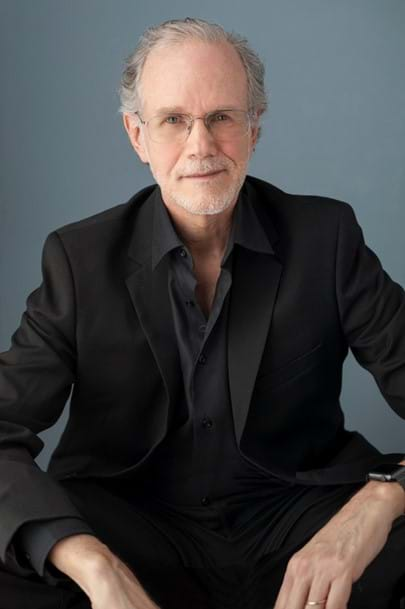

Sign up to get more great articles
Nothing compares to the satisfaction of knowing – for a fact – that something is as good as it gets


